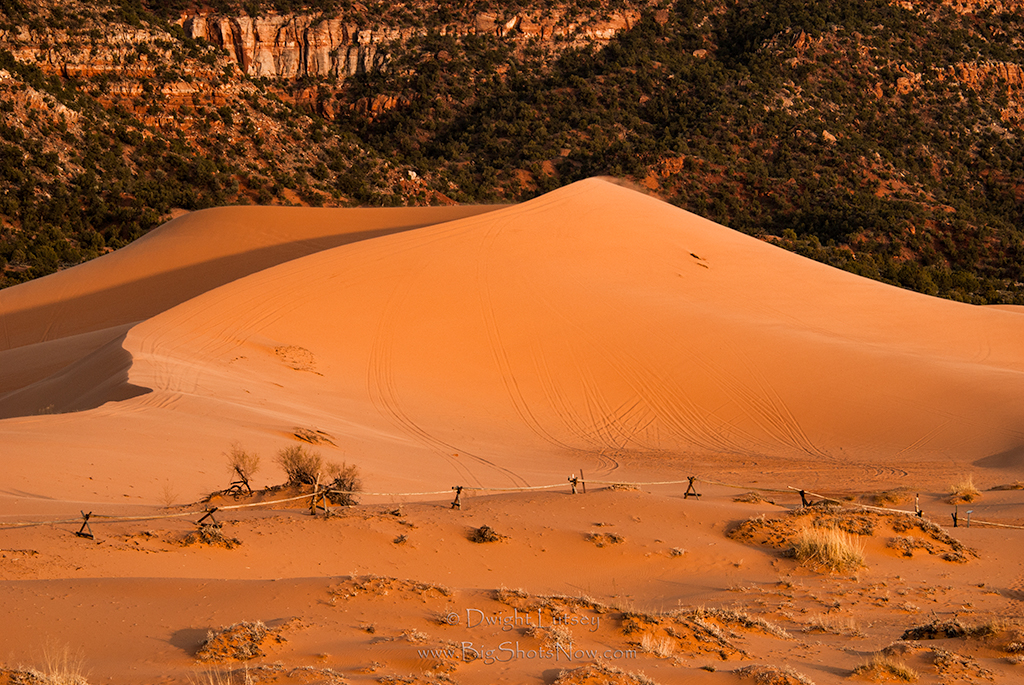 Setting Sun – Coral Sands State Park – Utah
Setting Sun – Coral Sands State Park – Utah
Well, our intrepid field researchers have found another huge problem in the Southwest corner of our country. What looks like a pretty, calendar-worthy shot of the desert hides the fact that there is a huge freaking problem developing that could have a major impact on many aspects of our lives. The Institute, being in the forefront of identifying non-threatening, minor situations and blowing them completely out of proportion for our own personal gain has found yet one more problem. Just in time too, because the coffers here at the Institute have nearly run dry and we had nothing in the works that we could use to base a grant on, to get some of those tax dollars we work so hard to obtain.
In a nutshell what is happening is that sand, which are tiny particles of gritty stuff, have begun gathering in areas that are hot and hard to get to, and begun to pile on top of each other, over and over, until they make great big piles. That in itself wouldn’t be a problem if they were quiet and kept to themselves but they don’t. They feel some inexplicable need to go forth and multiply and get in your face. Much like Moonies.
Yes they’re the Hari Krishna of the mineral world. Their agenda, besides world domination, is as yet unclear, but that doesn’t make it any less dangerous. In fact the insidious nature of their plan is their secret weapon. You might look out and see a small bunch of sand, as they like to call themselves, way off in the distance and when you look back at it several hundred years later, they’re right on your doorstep ready to cover up everything you own in layer upon layer of themselves. Soon you can’t find anything you own. When you look around for it you come to realize its all under there. Where’s the Lexus? you might ask. Under the sand, that’s where, and that’s where it’s going to stay because you can’t shovel fast enough to get it out before more of those little sand things, particles as it were, pile up and slide into where you’ve been digging. You can’t even stop to go in and get a refreshing cold beverage and some lunch and maybe watch the ‘Young and The Restless’, without the sand slithering in and erasing all your hard-won efforts. So soon you give it up for the hopeless task it is, but you’re still going to have to make the payments on that Lexus.
Yes sir, the bank doesn’t care if the sand covered it up. The don’t even care about global warming or the healthcare debacle. They don’t even care about puppies. They’re soul-less. They just want your money. So you can see how this could develop into a monumental problem, what with everybody throwing sand in their neighbors yards, as they try to dig out their own Lexus’s because where else are you going to put it. It’s everywhere, like dry hot snow. Soon there would be anarchy, social unrest, grit between your teeth, insane spending on eye drops. And eventually the breakdown of our social structure. Who wants that, besides certain radical, mean, religious orders that already live in conditions like that and are used to it already.
OK, so you’re getting the picture here of how this problem can cause you personally, a certain amount of inconvenience. But what can we do about it, you ask. The first thing you can do and the most important is to write a huge check made out to The Institute, please include your driver’s license number and home phone on the check, so that we can continue to carry on our important work.
The second thing is to NOT try the method being used by certain governmental agencies to try and contain the encroaching sand. As you can see in the image above, constructing an incredibly expensive buck and rail fence has done absolutely nothing to contain the sand. The sand has found a way to leak out from under the bottom of the fence and is already on its way to your home. Sand is notoriously tricky and can weasel its way around and into and over all kinds of stuff. It has been a colossal waste of the taxpayers money. That money could have been put to much better use by funding our organization, The Institute, so that we can feed and shelter the homeless and displaced people that have been the victims of desertification, help some of our indigent citizens with their Lexus payments, and fund a research study to stem this attack on our American way of life. And also to create a puppy shelter.
The third thing is send this message out to everyone you know. Resend this post in its entirety to your whole contact list. Have them send it to their contact list and so on. The more people who become aware of this problem the quicker we can find a solution to it and the greater chance we have of actually getting some additional funding by our crass but necessary panhandling tactics. We need the funds to carry on. Our efforts have saved the day for many folks who had no where else to turn, but we need your help. Besides money we have other needs you might fill. We’ve listed just a few below so if you can, give and give generously. Send these items or the plane fare so we can come and pick them up, and know that your generosity will be put to good use. Thank you and Bless you.
Items we are in Urgent Need of:
A Lear jet
A small island in the Azores, need not be uninhabited
Canned goods
A lifetime membership to Atlantis
A yacht, anything over 100′ with global positioning navigation and a security contingency for when we do our work in the South China sea
A large vacuum
As many Lexus as you can spare
Personal Hygiene products, toothbrushes, hair removal aids, chapstick, Sunblock
Water
A Eurail pass, The global one not the Regional one or the One Country pass
Any old gold you have that you’re not using, wedding rings, plates, Rolexes,
A Left rear Tail light to fit a 2002 dodge 1500 ram 4-wheel drive pickup
Unsigned Bearer’ bonds or stock certificates
These are just a few of the items we need desperately, there are many, many more. Please help. Give what you can.
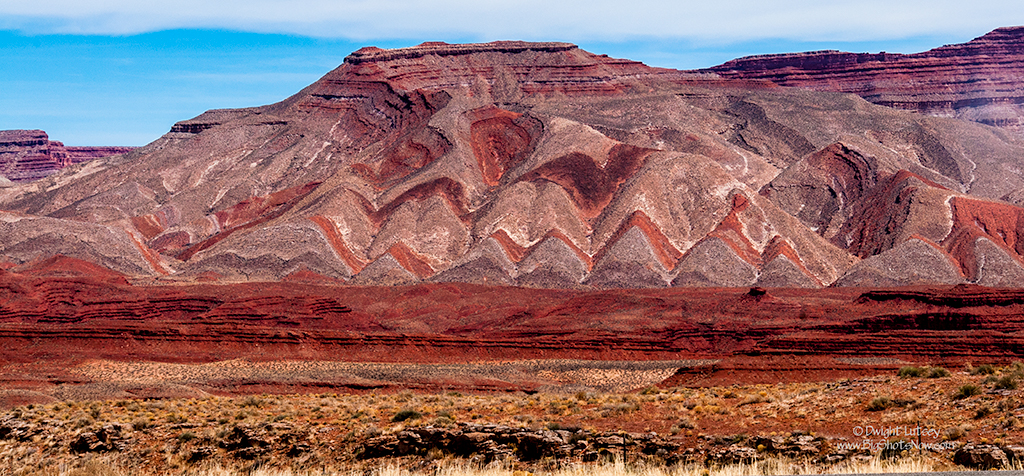

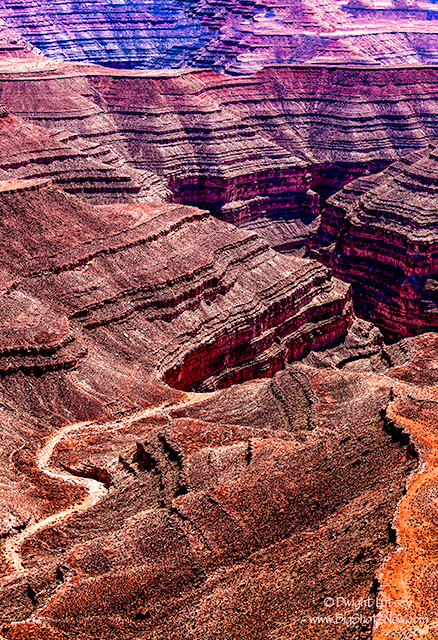
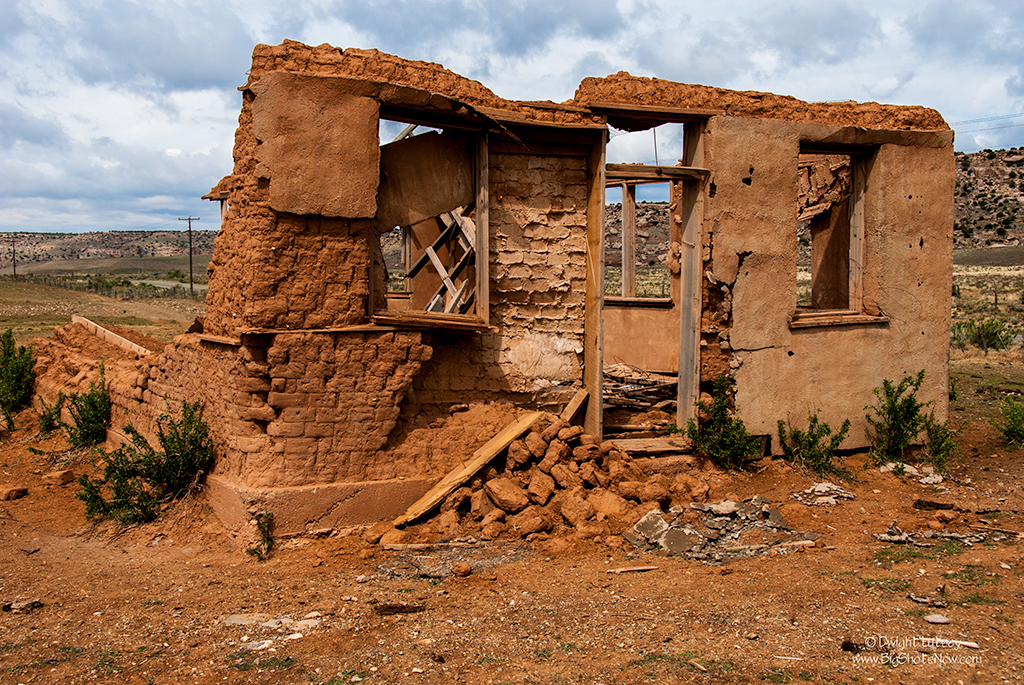
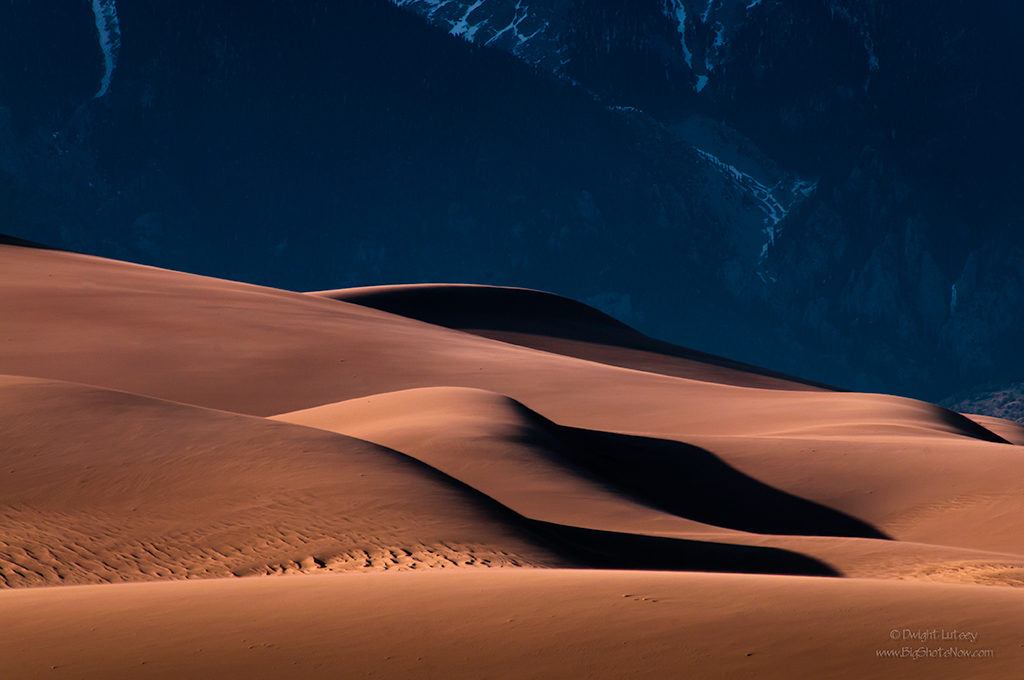

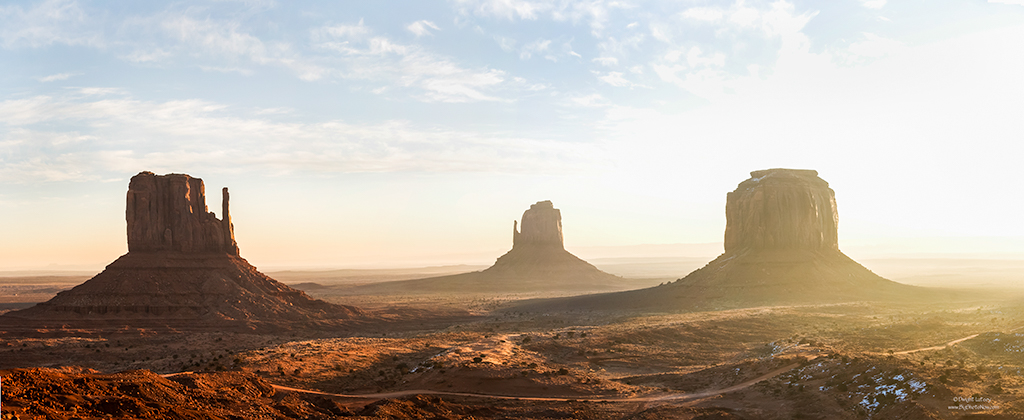

You must be logged in to post a comment.